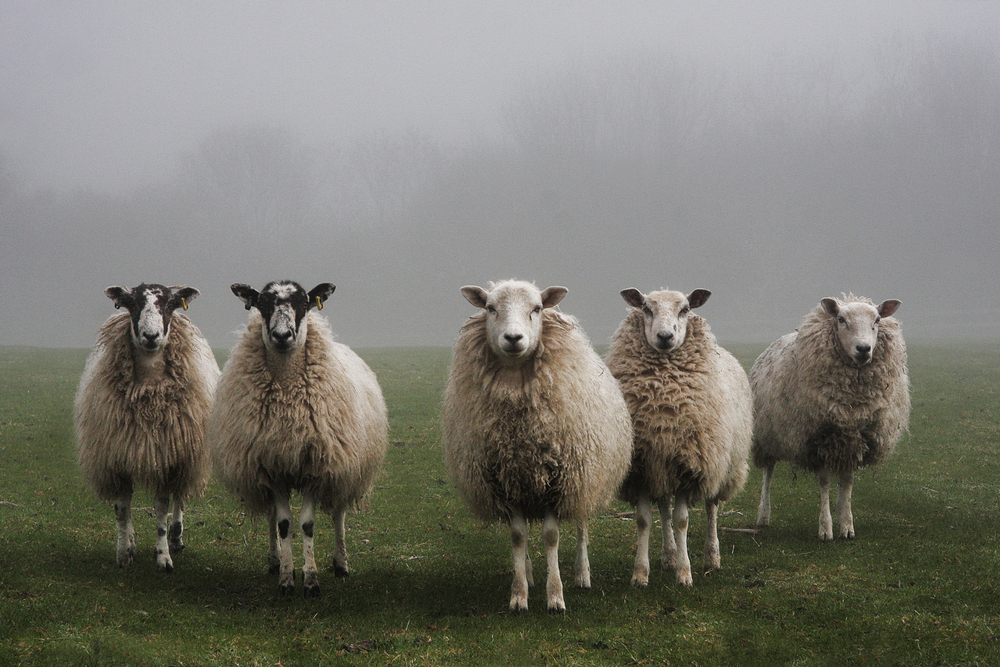
Meat
In Italy the sector of meat invoices circa 30 billion of euros per year: the entire chain values circa 15% of the entire Italian food sector.
During the last years, Italy has reduced almost a third of its production and the import is increased, due to more competitive foreign prices.
The phases of meat’s production are subdivided in:
- Breeding of animals intended for food production (cattle, pigs, sheep, goats, horses, chickens, turkeys, guinea fowl, quail, ducks, geese, rabbits and hares, wild boar, deer, roe deer, ostriches, etc…).
- Exist two different typologies of breeding: intensive breeding, which permits to obtain with the minimum space and cost, and the extensive breeding, where the management of animals is closer to the natural living conditions;
- Registration: all the animals present in a company are individually identified;
- Controls: the ASLs make sure the health conditions, the provenience, and the health records of the animals, of each breeding. Feeding stuffs are also extensively controlled;
- Butchering: it is done when the animal has reached an established weight, strictly kept under control by the veterinary services. It is important in this phase to guarantee the possibility to trace the animal by which the meat comes from.
- Sectioning: the carcass is proportioned in different pieces to distribute them. For example, to a butcher or to a place. The cuts and their packaging can variate, but there is always the obligation to document the provenience of the raw material on each obtained product.
- Transformation, conservation, sale: the product obtained is supplied to distributors or to other companies that will complete the processing through technological processes, such as, for example, minced meat and sausages are also essential at this stage.
- One of the strategic advantages of the meat sector is the integration with other sectors, which can take place on two levels, one agricultural and one industrial. In the first case, the strong correlation between beef production and milk and cheese production is exemplary. In the case of industrial integration, however, the prerogatives are the recovery and recycling of materials otherwise considered waste. Many components that do not end in the final product of the supply chain, are reused: bones and bristles can be obtained from protein flours, from the fat cosmetic components, from the gut the rennet necessary for the fermentation of cheese.
The main characteristics of this chain are the controls on each stage: during the breeding are controlled the feed, the spaces, the farming methods and the identification of the animals through appropriate tags.
Labelling plays a significant role for this sector, in order to safeguard the consumer, because it certifies how and where the animals from which the meat is derived have been bred and fed, allowing the entire life of the animal to be traced.
The challenge facing the supply chain is to optimize and improve the efficiency of production with a view to reducing the environmental impact and ensuring a traceable, healthy and sustainable product on the table of the consumer-citizen.
Process and Product Innovation
Il passaggio all’Industry 4.0 è un momento di profondo cambiamento e innovazione che coinvolge tutti i settori.
Si tratta di una nuova rivoluzione industriale, ancor più dirompente delle precedenti, che nasce dalla convergenza delle tecnologie IT con quelle OT in un unicum digitale.
Impatta sulla tecnologia, sui dati e sulle inf...
Supply chains involved:
Plant-based Beverages Coffee Cereals Chocolate Canned Foods Beer Dairy Products Nuts Food Supplements and Nutraceuticals Milk Plant oils Fruit and Vegetables Pasta Meat Baking products Sweet products Rice Cold Cuts and Cured Meats Winery